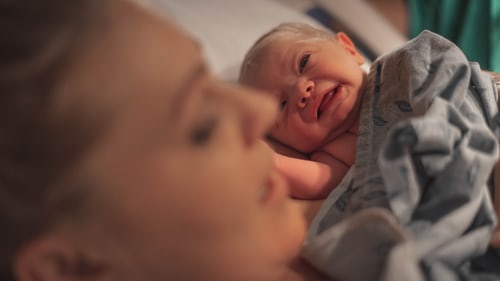- Bladder or bowel control symptoms. This could be leakage of urine or inability to control wind when you stand up from sitting, cough, sneeze or try to increase your exercise.
- Prolapse symptoms – while some feeling of lack of support/ heaviness is normal after you have had a baby, some women will experience a definite lump or bulge. If this is you, it is important to learn to do your pelvic floor exercises correctly and how to modify activities to aid recovery.
- Abdominal separation (also known as diastasis rectus or DRAM) It is normal to experience a widening of the distance between the two belies of the rectus abdominis during pregnancy. For some women, this returns to normal with no intervention. For others, an individualised, specific exercise program will help. Louise uses real-time ultrasound to provide a detailed look at how the muscles are functioning. General guidelines that you may need some help with recovery are when:
- The separation is greater than 3 finger-widths a few days after the birth (the midwife or hospital physio can check this for you)
- The separation is more than 2 finger-widths at 6 weeks after the birth
- You can see “doming” (ie there is a bulge between the gap when you lift your head from a lying position.
- Prevention is better than cure While you may have no symptoms in the weeks following the birth, they can be unmasked when you try to return to exercise or you experience life caring for a baby who is rapidly becoming heavier (especially if there is a toddler on the scene as well). A postnatal assessment will identify any issues with the pelvic floor or abdominal muscles and Louise will guide you in the exercises that will assist you with a symptom-free and strong future.
How soon after the birth can you see a physio?
If the above symptoms are causing distress Louise can see you as early as you like.
For less bothersome symptoms or a postnatal assessment any time after the 6-week postnatal check with your obstetric care provider. For some women, this might be when their youngest starts school and they finally have time to increase their exercise and discover their pelvic floor and abdominals are not what they used to be!

